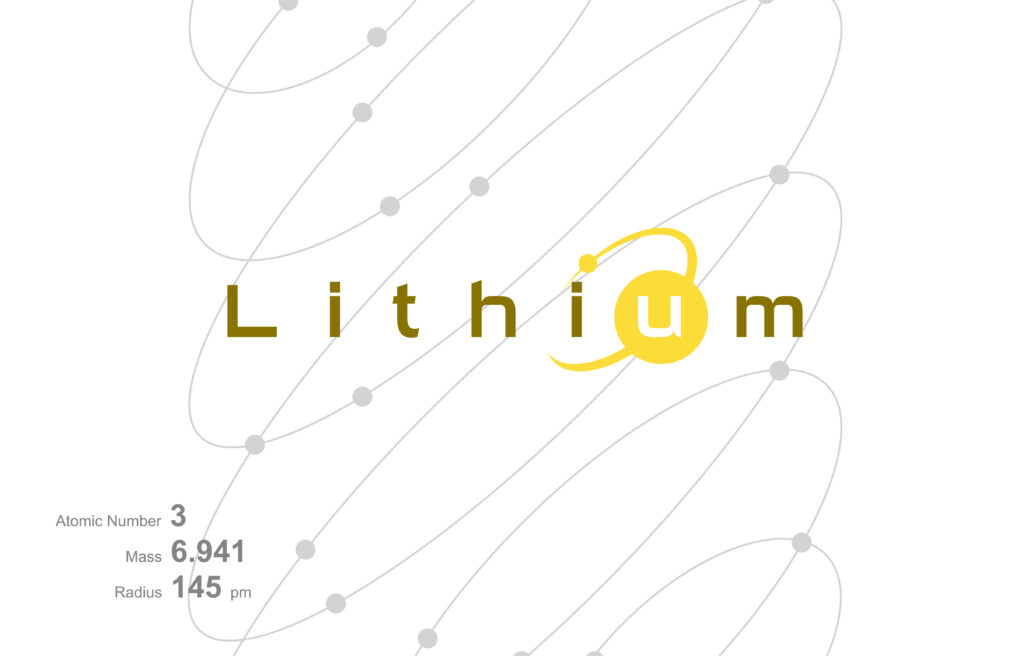UCMR5 Testing
UCMR5 Testing
What is UCMR5?
The Fifth Unregulated Contaminant Monitoring Rule (UCMR5) represents a significant step by the Environmental Protection Agency (EPA) in safeguarding our drinking water. This initiative involves monitoring a set of contaminants that, while not currently regulated, could pose potential health risks. The data collected through UCMR5 helps to maintain the integrity of our water supply and ensures that we’re proactive in addressing any emerging threats to public health.

Why UCMR5 Matters
UCMR5 is more than just a regulatory measure; it’s a crucial tool in the ongoing battle to protect our most vital resource—water. By identifying and understanding the presence of emerging contaminants, we can take informed steps to mitigate their impact and preserve the health of our communities.
Key Insights into UCMR5
Publication Date: The EPA released UCMR5 on December 27, 2021.
Contaminants: The rule mandates sampling for 30 chemical contaminants, with a focus on PFAS and lithium, from 2023 to 2025.
Health Impact: The collected data will inform future regulations to protect public health.
Environmental Justice: The rule assesses the impact of contaminants on vulnerable communities.
Current Findings: As of January 11, 2024, the EPA has published data on 29 PFAS and lithium, representing about 24% of the expected results by 2026.
Research and Development: Efforts are ongoing to refine measurement techniques for these contaminants. For a deeper dive into UCMR5, refer to the EPA’s comprehensive UCMR 5 Program Overview Fact Sheet and the Technical Fact Sheet: Lithium in Drinking Water for insights into the results and associated health risks.
Addition of Lithium

Lithium, a naturally occurring metal in the Earth’s crust, is often found at higher concentrations in groundwater sources in arid regions of the Western U.S. This versatile element is used in various commercial applications, including pharmaceuticals, industrial chemical catalysts, and as a sanitizing agent. Additionally, lithium is increasingly used in batteries. While it may be present in foods like cereal grains, leafy vegetables, and root crops, the significance of these dietary sources is not yet clear, and there is no recommended dietary allowance for lithium in the U.S.
In the context of the EPA’s Fifth Contaminant Candidate List (CCL 5), which identifies contaminants that may require future regulation under the Safe Drinking Water Act (SDWA), lithium was selected for inclusion in the Unregulated Contaminant Monitoring Rule 5 (UCMR 5). This decision was based on its expected or known occurrence in drinking water and the need for more health effects information. The monitoring data from UCMR 5 will help determine if lithium in drinking water poses health risks and inform future regulatory decisions.
It’s important to note that the EPA currently does not have a health advisory specifically for lithium in drinking water. However, a health reference level (HRL) has been derived for screening purposes based on available toxicity data. This level is not a final determination of the safe level of lithium in drinking water but is used to guide further research and assessment.
For more information on lithium in drinking water, including the EPA’s provisional peer-reviewed toxicity value (PPRTV) assessment and treatment information, refer to the Technical Fact Sheet: Lithium in Drinking Water and the UCMR 5 Data Summary provided by the EPA. The science on lithium’s health effects and safe levels in drinking water is still evolving, highlighting the importance of continued monitoring and research in this area.
UCMR5 Monitoring Requirements
UCMR 5 mandates monitoring by specific public water systems (PWSs) for 29 per- and polyfluoroalkyl substances (PFAS) and lithium in drinking water between 2023 and 2025.
Here’s how it applies to different community water systems:
- More than 10,000 people: Must monitor during a single 12-month timeframe within the three years of monitoring.
- Between 3,300 and 10,000 people: Subject to availability of appropriations and sufficient laboratory capacity.
- Fewer than 3,300 people: A representative sample is required for monitoring.
Choosing BSK Associates for UCMR5 Testing
BSK Associates stands at the forefront of UCMR5 testing. Our state-of-the-art services are tailored to deliver precise and dependable results, ensuring compliance with regulatory standards and the safety of your water supply.
BSK Associates was one of the first labs to become certified for Per- and Polyfluoroalkyl Substances, (PFAS). PFAS testing in the state of California. As a leader in PFAS testing our technical experts are here to assist you with your PFAS projects. We follow strict Quality Assurance / Quality Control guidelines. We are accredited by the National Environmental Laboratory Accreditation Program, (NELAP) and the California Environmental Laboratory Accreditation Program, (CA ELAP) for all PFAS compounds in drinking water by EPA’s 533 and 537.1 methodologies.
Our laboratory has performed PFAS analyses for more than 10 years now. During that time, our laboratory has analyzed thousands of EPA method 537 samples while participating in EPA’s UCMR3 monitoring program as well as drinking water by EPA method 537.1.

BSK’s Commitment to Customer Service
At BSK Associates, we’re not just about testing; we’re about people. Our dedicated team is here to support you through every step of the UCMR5 testing process, providing expert guidance and personalized care. Providing you with accurate and defensible results is our top priority, and we’re committed to excellence in service.
Stay Updated
UCMR 5 Data Finder: UCMR 5 Data Finder is an invaluable resource that allows users to:
- Search: Access and summarize analytical results from UCMR 5.
- Filter: Refine results using various criteria, such as Public Water System (PWS), state, contaminant, source water type, and detection levels.
- Health Risk Identification: Highlight results that exceed health-based reference concentrations.
The EPA will regularly update the UCMR 5 Data Finder quarterly until 2026. The next data release, addressing results received as of April 2024, is anticipated by early May 2024. Keep an eye on this tool for the latest information on unregulated contaminants in your area.
The data represented in the UCMR 5 Data Finder is up to date as of January 11, 2024, and will continue to be updated until the completion of data reporting in 2026.
Resources:
The Fifth Unregulated Contaminant Monitoring Rule (UCMR 5) Data Summary: January 2024 (epa.gov)

